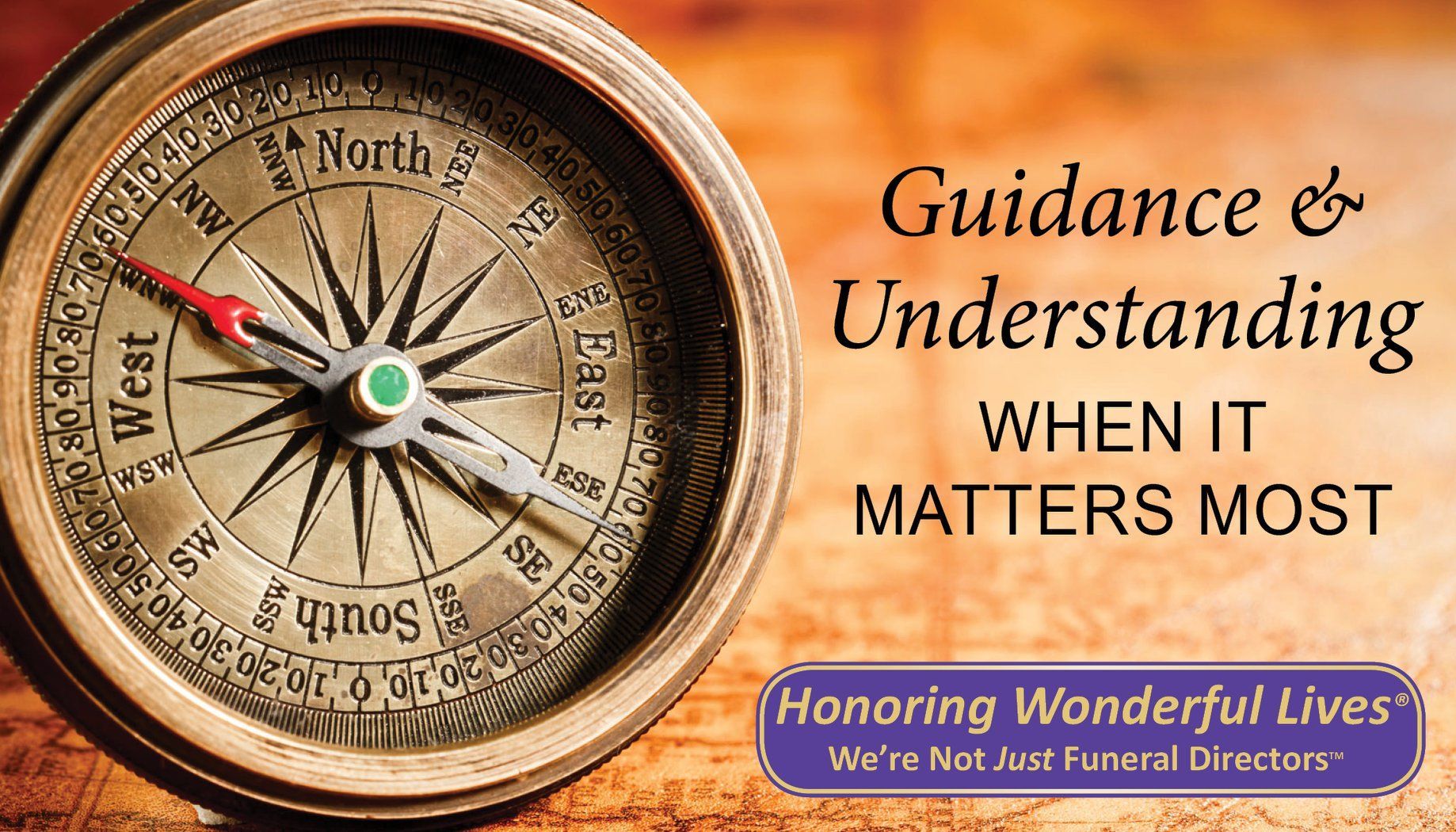The High Cost of Goodbye
Navigating the Economics of Running a Funeral Home

The High Cost of Goodbye: Navigating the Economics of Running a Funeral Home
Saying goodbye to a loved one is never easy—and neither is running the business that helps families through that journey. Funeral homes provide an essential service rooted in compassion, tradition, and care. But behind the scenes, funeral directors face a financial balancing act that often goes unnoticed by the public. The rising gap between what consumers can afford, what funeral homes charge, and the operational expenses required to stay open is growing—and it’s reshaping the funeral profession.
Consumer Expectations vs. Affordability
Among Fluctuating market demand and economic downturns, funeral costs in the U.S. have steadily increased over the past two decades. According to the National Funeral Directors Association (NFDA), the median cost of a funeral ending with burial (not including cemetery fees) is now over $8,000. Funerals that include cremation, though typically less expensive, still average around $6,000 when factoring in services, merchandise, and ceremonies.
Yet, nearly 60% of Americans live paycheck to paycheck, and many families don’t have thousands of dollars readily available for unexpected funeral expenses. This gap between consumer affordability and average funeral prices often leads to financial strain, GoFundMe campaigns, or minimum services—challenging the long-held cultural norms around how we honor our dead.
Why Funeral Homes Charge What They Do
From the outside, funeral pricing may seem steep, even exploitative to some. But a closer look at the cost structure reveals the reality: funeral homes are not high-margin businesses. Many are family-run or small operations with significant overhead and low or negative cash flow. Here's where the revenue goes:
1. Facility Costs
Funeral homes are required to maintain modern, clean, welcoming, and serene spaces that includes chapels, viewing rooms, clinical facilities and specialized equipment, administrative offices, parking. Utilities, and high real estate and maintenance costs—especially in urban areas—can be considerable.
2. Licensing & Compliance
Funeral homes are heavily regulated. State licensing, mandatory continuing education for staff, and compliance with health and safety regulations all come with costs. Legal requirements for embalming, cremation, and transportation add complexity—and paperwork.
3. Staffing
Funeral directors, administrative support, and service day assistants work long, emotionally demanding hours. Skilled staff are essential to maintaining quality service, and fair compensation is non-negotiable.
4. Inventory & Supplies
Caskets, urns, preparation supplies, chemicals, refrigeration, and vehicles (like hearses) are very expensive. Many of these costs are incurred before a funeral is even scheduled.
5. Marketing and Community Engagement
With changing consumer preferences, funeral homes must adapt—offering packages, virtual memorials, or personalized ceremonies. These require investment in technology, branding, promotion and community outreach.
Bridging the Gap: Innovation and Challenges
So, how do funeral homes bridge the gap between rising operational expenses and consumer affordability?
1. Transparent Pricing
All funeral homes are subject to compliance with the FTC funeral rule as well as their individual state requirements. Funeral homes are required to present a general price list (GPL) and an estimated statement of funeral goods and services to those making funeral arrangements that have a transparent, à la carte pricing model. This gives those making arrangements control and clarity over what they're paying for—and helps avoid the sticker shock that often comes with bundled services.
2. Alternative Service Models
Immediate cremation services (which exclude funeral and/or memorial ceremonies) have gained popularity as cost-effective alternatives. Some funeral homes now partner with third-party financing partners to offer more flexible, budget-conscious arrangements and costs.
3. Pre-Planning and Financing
Encouraging advanced funeral planning and offering installment plans or funeral specific investments or insurance allows funeral homes to better forecast revenue and helps consumers prepare financially.
4. Embracing Technology
Digital ebituaries, livestreamed funerals, and online planning tools reduce administrative burden and appeal to modern consumers looking for convenience and affordability.
The Bottom Line
The funeral profession sits at the crossroads of commerce and care. Funeral homes are tasked with honoring the deceased, comforting the bereaved, and running a sustainable business—all at once. As inflation continues to pressure both consumers and small businesses, the need for honest dialogue about the true cost of death becomes more urgent.
Balancing empathy with economics isn’t easy. But with innovation, transparency, and a willingness to adapt, funeral homes can continue to provide meaningful services while staying financially afloat.
#crerancelebration #heartfelt













